the cinema of SEAN PENN
DIRECTORS CUTS
Other selected titles in the Directors Cuts series:
the cinema of CHRISTOPHER NOLAN:imagining the impossible
JACQUELINE FURBY & STUART JOY (eds)
the cinema of THE COEN BROTHERS:hardboiled entertainments
JEFFREY ADAMS
the cinema of CLINT EASTWOOD:chronicles of america
DAVID STERRITT
the cinema of ISTVN SZAB:visions of europe
JOHN CUNNINGHAM
the cinema of AGNS VARDA:resistance and eclecticism
DELPHINE BNZET
the cinema of ALEXANDER SOKUROV:figures of paradox
JEREMI SZANIAWSKI
the cinema of MICHAEL WINTERBOTTOM:borders, intimacy, terror
BRUCE BENNETT
the cinema of RAL RUIZ:impossible cartographies
MICHAEL GODDARD
the cinema of MICHAEL MANN:vice and vindication
JONATHAN RAYNER
the cinema of AKI KAURISMKI:authorship, bohemia, nostalgia, nation
ANDREW NESTINGEN
the cinema of RICHARD LINKLATER:walk, dont run
ROB STONE
the cinema of BLA TARR:the circle closes
ANDRS BLINT KOVCS
the cinema of STEVEN SODERBERGH:indie sex, corporate lies, and digital videotape
ANDREW DE WAARD & R. COLIN TATE
the cinema of TERRY GILLIAM:its a mad world
JEFF BIRKENSTEIN, ANNA FROULA & KAREN RANDELL (eds)
the cinema of TAKESHI KITANO:flowering blood
SEAN REDMOND
the cinema of THE DARDENNE BROTHERS:responsible realism
PHILIP MOSLEY
the cinema of MICHAEL HANEKE:europe utopia
BEN McCANN & DAVID SORFA (eds)
the cinema of SALLY POTTER:a politics of love
SOPHIE MAYER
the cinema of DAVID CRONENBERG:from baron of blood to cultural hero
ERNEST MATHIJS
the cinema of JAN SVANKMAJER:dark alchemy
PETER HAMES (ed.)
the cinema of LARS VON TRIER:authenticity and artifice
CAROLINE BAINBRIDGE
the cinema of WERNER HERZOG:aesthetic ecstasy and truth
BRAD PRAGER
the cinema of TERRENCE MALICK:poetic visions of america (second edition)
HANNAH PATTERSON (ed.)
the cinema of ANG LEE:the other side of the screen (second edition)
WHITNEY CROTHERS DILLEY
the cinema of STEVEN SPIELBERG:empire of light
NIGEL MORRIS
the cinema of TODD HAYNES:all that heaven allows
JAMES MORRISON (ed.)
the cinema of NANNI MORETTI:dreams and diaries
EWA MAZIERSKA & LAURA RASCAROLI
the cinema of DAVID LYNCH:american dreams, nightmare visions
ERICA SHEEN & ANNETTE DAVISON (eds)
the cinema of KRZYSZTOF KIESLOWSKI:variations on destiny and chance
MAREK HALTOF
the cinema of GEORGE A. ROMERO:knight of the living dead (second edition)
TONY WILLIAMS
the cinema of KATHRYN BIGELOW:hollywood transgressor
DEBORAH JERMYN & SEAN REDMOND (eds)
the cinema of
SEAN PENN
in and out of place
Deane Williams
 WALLFLOWER PRESS
WALLFLOWER PRESS LONDON & NEW YORK
A Wallflower Press Book
Published by
Columbia University Press
Publishers Since 1893
New York Chichester, West Sussex
cup.columbia.edu
Copyright 2016 Deane Williams
All rights reserved
E-ISBN 978-0-231-85085-8
Wallflower Press is a registered trademark of Columbia University Press
A complete CIP record is available from the Library of Congress
ISBN 978-0-231-17624-8 (cloth : alk. paper)
ISBN 978-0-231-17625-5 (pbk. : alk. paper)
ISBN 978-0-231-85085-8 (e-book)
Series design by Rob Bowden Design
Cover image of Sean Penn courtesy of Kobal Collection
A Columbia University Press E-book.
CUP would be pleased to hear about your reading experience with this e-book at .
CONTENTS
For Con Verevis
This idea for this book came about, as usual, over coffee, with Constantine Verevis, when he described Todd Fields In the Bedroom (2001), with all its characteristic attention to a confined and character defining sense of place, as being like a Sean Penn film. Thanks for that and ongoing support Con. Thanks to Noel King, Adrian Martin and Dana Polan for reading draft chapters of the manuscript. I have benefitted enormously from conversations with and questions from friends and colleagues at conferences where I have presented this material and in social situations. For these conversations and questions I would like to thank, in particular, Lauren Bliss, Raffaele Caputo, Ross Gibson, John Hughes, Mark Graham, Tim Groves, Selmin Kara, Richard T. Kelly, Sarinah Masukor, Raya Morag, Bill Nichols, Claire Perkins, Philip Rosen, Bill Routt, Vivien Silvey, Drake Stutesman, Amy Villarejo, and Janet Walker. Thanks to Yoram Allon, Commissioning Editor at Wallflower Press, for taking on this project and for his patience and clarity. Of course special thanks Anna, Maddie, Ella and Inka, as always, for their love and for letting me take over at least two rooms of our house with all my Sean Penn junk.
There never was an is without a where. Both the bad things and the good that happen to human beings and other life-forms self-evidently occur when their bodies are physically located somewhere, in particular locations. [] Environment is not an other to us but part of our being.
Lawrence Buell (2001: 55)
Each of Sean Penns directorial works, and many of the films he has acted in, are set in an immediate past where a stalled time and a restricted locale contain their narratives, marking them out as films about a particular place, in time. These films are concerned with the ways in which specific places and times condition individuals grounding them in specific locales in order to divine the deep cultural structures that concern each particular film. In this way these films articulate the distinct nature of each place; the Omaha, Nebraska, of The Indian Runner (1991), the Los Angeles of The Crossing Guard (1995), the Nevada of The Pledge (2001), the Manhattan of U.S.A. (2002) and the Alaska of Into the Wild (2007) in order to better understand not only the cinematic places in which his narratives are set but also the close relationship between the performances and politics of these films and these places.
Place
Before considering the particular places of Penns films it is useful to understand the ways in which place has been considered in contemporary scholarship. As Dolores Hayden, in her The Power of Place: Urban Landscapes as Public History, tells us:
Place is one of the trickiest words in the English language, a suitcase so overfilled one can never shut the lid. It carries the resonance of homestead, location, and open space in the city as well as a position in a social hierarchy. The authors of books on architecture, photography, [film], cultural geography, poetry, and travel rely on sense of place as an aesthetic concept but often settle for the personality of a location as a way of defining it. (1997: 15)
In his work on literature and environment Lawrence Buell, setting out the debates in human geography and place theory, concurs with Haydens discussion of the slipperiness of the term place:

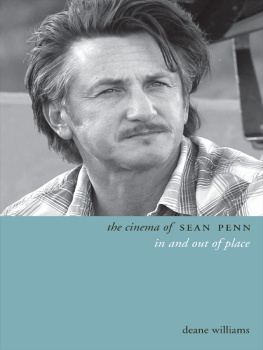
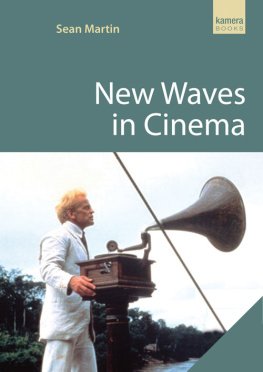
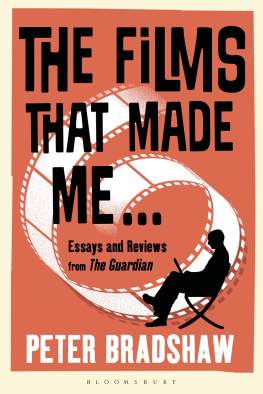
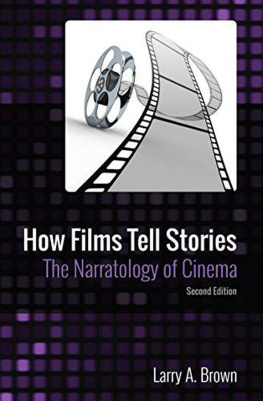

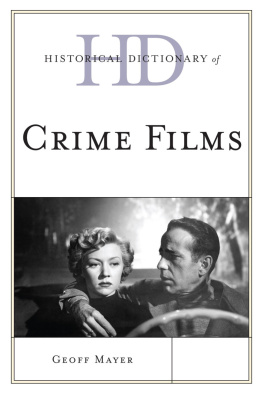
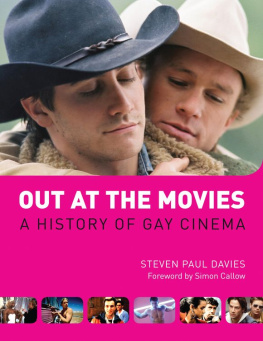
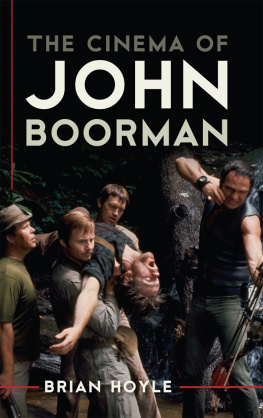
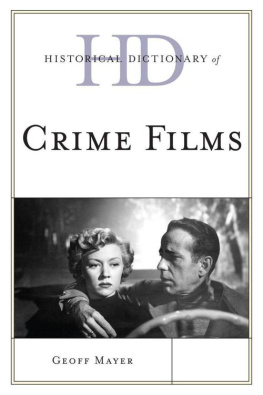
 WALLFLOWER PRESS LONDON & NEW YORK
WALLFLOWER PRESS LONDON & NEW YORK